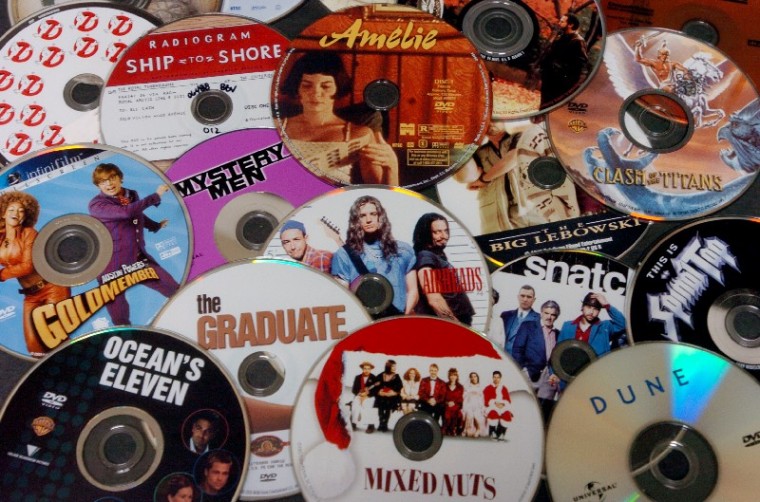While it is not yet possible to select a movie, any movie, you
can think of and play it at will on your television at home anytime
you want, the technology is coming and probably sooner than you
would imagine.
While it is not yet possible to select a movie, any movie, you can think of and play it at will on your television at home anytime you want, the technology is coming and probably sooner than you would imagine.
Experts say that Video On Demand (VoD), which is the an evolutionary step in home movie watching is not coming tomorrow, but will likely be here within the next 15 years. When it does, it will dramatically alter the competitive landscape for companies providing movies to viewers in southern Santa Clara County and San Benito County. Whether its satellite, cable, Netflix or your corner video store, delivery is quickly evolving.
VoD allows users to select and watch content, such as movies and television series, at their convenience. The content is downloaded over the Internet to the users’ computer hard-drives at home and watched whenever they want.
There is no more video rentals, no more send-away DVDs, the movie is beamed directly to your TV as soon as it’s available and users have the option of watching things like previews, trailers and extras before they ever select a video to rent.
Obviously, this technology will mark a sea change for conventional media providers in the region, such as Charter cable, Netflix and Dish satellite networks.
Disney recently launched one such service called Movie Beam. Customers purchase a media player for $250 and pay a $30 activation fee, then have the option of ordering movies anytime they want for a small fee, some starting at $1.99.When the user purchases the movie, they have that title for a 24-hour period.
Movie Beam was launched in 29 major metropolitan areas around the nation this month, but other providers are currently working out similar systems that will provide the same easy access to movies.
Though Charter Communications, the cable television provider for this area, does not offer VoD, it does offer a selection of movies that subscribers can purchase and watch at home. The drawback is that the viewer has to watch the movie at a specific time and the selection of movies are usually more than two months old.
Dish also offers a similar program through its Pay Per View service.
Programs like Movie Beam are not flawless. In looking at a list of movie titles currently available through Movie Beam, most movies have been available on DVD for a while, but as the medium grows, so will the catalog of movies.
Other neighboring markets, such as Comcast Digital Cable that serves San Francisco to San Jose, allow digital cable customers to select from hundreds of movies and other programs using their existing cable boxes, in many cases for no additional charge. Customers can rewind, fast forward and pause programs, and can store selections for up to 24 hours from the time of ordering so they can watch programs whenever they like, as often as they like. But again, the movies are usually older releases.
In addition to the movies the cable provider stocks, other On-Demand services include access to shows that certain networks have played throughout the month and often extras that are all available to access whenever the subscriber wishes Netflix one of the leaders in subscription movie services isn’t worried about VoD, yet. According to Steve Swasey, director of corporate communications for Netflix, Video On Demand is a great concept, but it isn’t here yet and won’t be for quite a while.
Swasey speculated that most people don’t currently watch movies on their computers, so the On-Demand offerings that currently exist on the computers are great in concept, but not much more than that. Though you can purchase TVs and Digital Video Recorders – like a hard-drive for your television – there are not integrated units yet.
Netflix is investing in VoD capabilities at the rate of $5 million to $10 million a year and hopes to be a competitor when they medium fully takes shape, but for now there are problems with the lack of content and studios locking down certain titles.
“The next big thing, before Video On Demand is going to be Hi Def DVD, like Blu-ray, that’ll be here in the next couple of years.”
High Definition DVD is a new digital optical format under development. The two major developers are HD DVD and Blu-ray. Both formats use the CD sized optical data storage media. The first HD DVD players to hit the market are set to launch next month.










